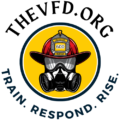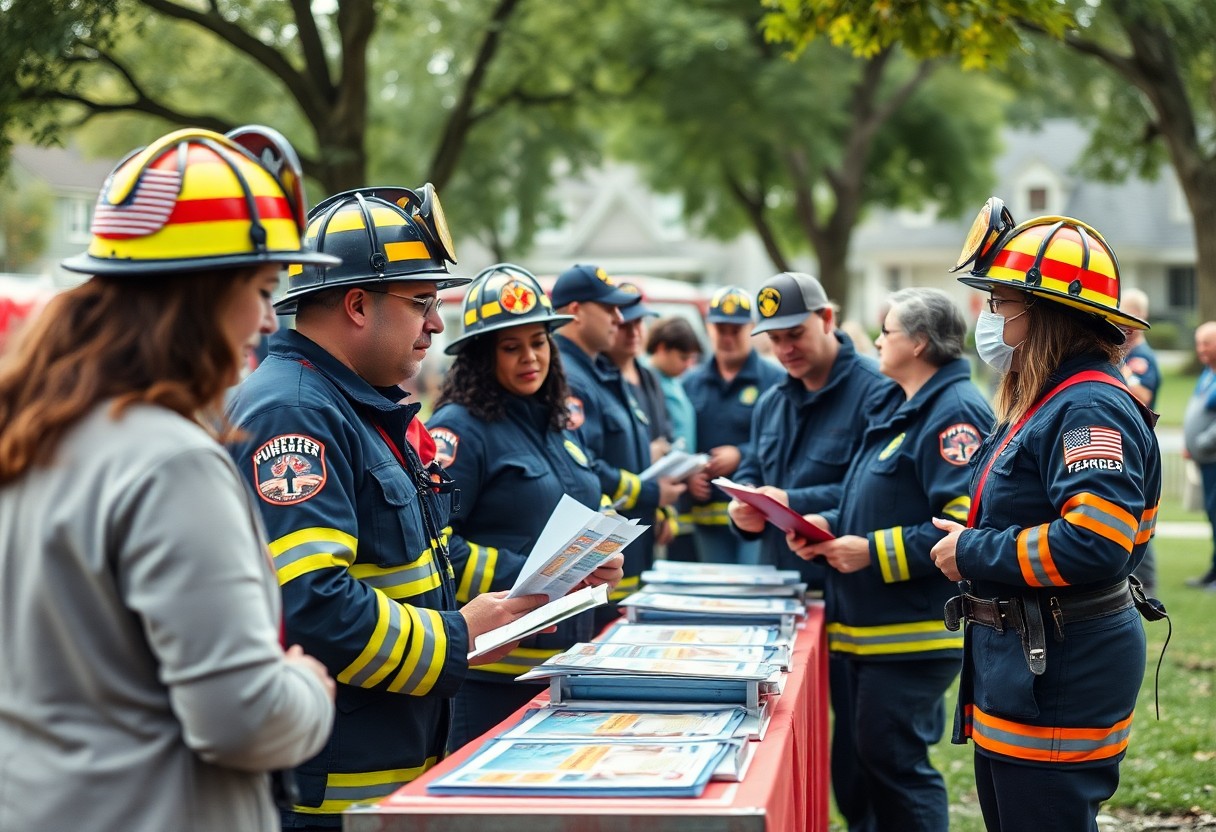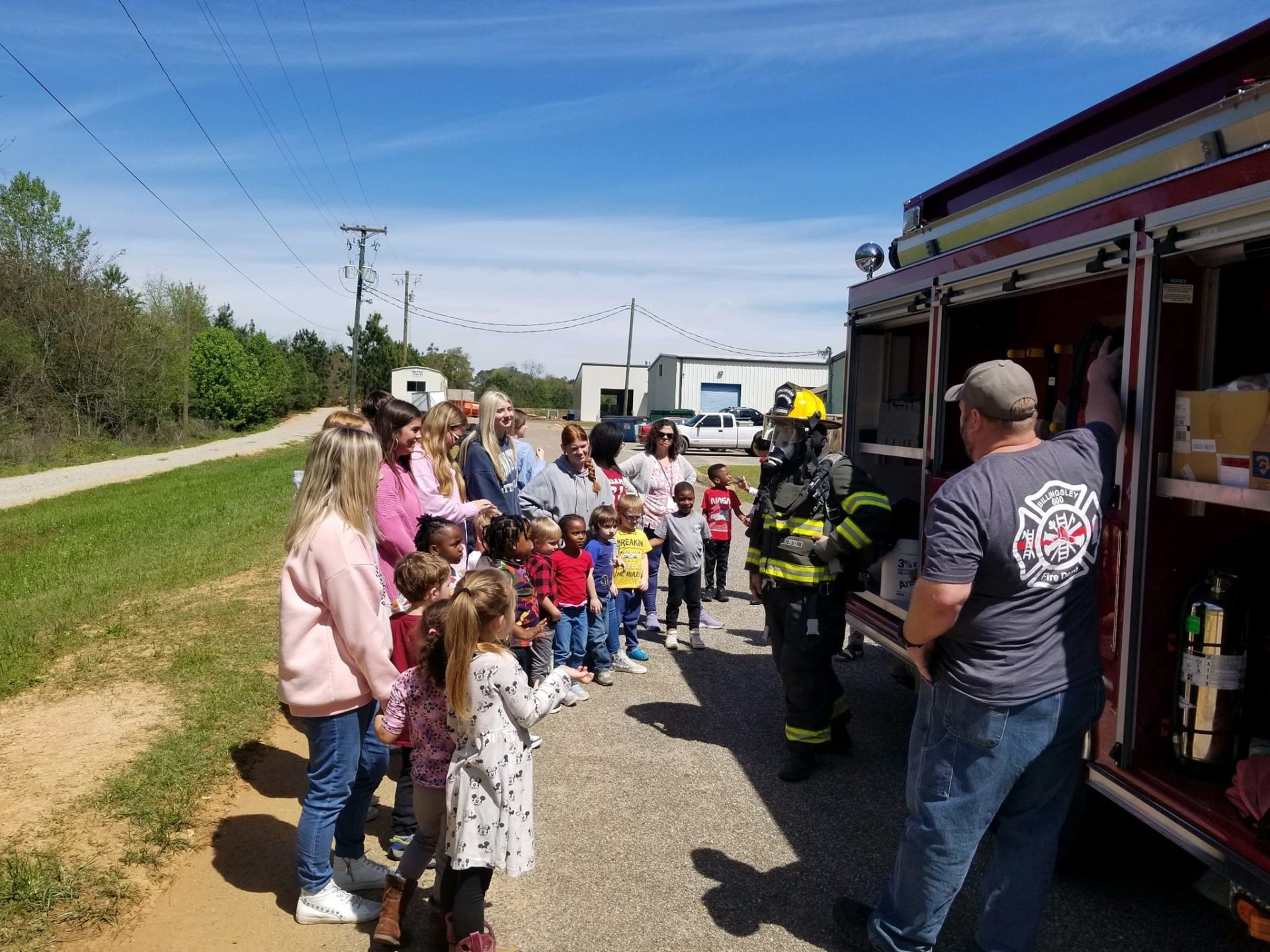There’s a unique bond between volunteer fire departments and the communities they serve, and effective communication is key to nurturing that connection. You have the opportunity to implement strategic public communicative approaches that not only inform residents about fire safety but also enhance community involvement and support. In this blog post, you will discover actionable strategies that can bolster your department’s presence and strengthen relationships within your community, ensuring that both citizens and volunteer firefighters feel united in their mission to protect and serve.
The Role of Volunteer Fire Departments in Community Safety
The presence of volunteer fire departments is vital in ensuring community safety. They serve as the first line of response during emergencies, providing not only firefighting services but also community education and prevention programs. You can rely on these dedicated men and women to protect your home, your family, and your surroundings, ultimately enhancing the overall resilience of your community.
Importance of Community Engagement
Departments must actively engage with the community to strengthen trust and encourage participation. By organizing events and open houses, you can foster a sense of belonging and support for your local volunteer fire department. Engaging with residents helps to create awareness about fire safety and reinforces the vital role your fire department plays in protecting the community.
Challenges Faced by Volunteer Fire Departments
Safety is a significant concern for volunteer fire departments, primarily due to limited resources and funding. Many departments rely heavily on donations and community support to operate effectively, making it difficult to maintain training and equipment. You may find that recruiting and retaining volunteers can also pose challenges, as the demands of modern life often compete with community service commitments.
Even with the dedication and passion of volunteers, the challenges faced by fire departments can hinder their effectiveness. You might notice that inadequate funding can lead to outdated equipment or insufficient training for new recruits. Additionally, with busy schedules, securing regular volunteer participation becomes increasingly difficult. These factors can impact the overall readiness of your fire department and the community’s safety, making it important to address these challenges proactively.
Effective Public Communicative Strategies
Assuming you aim to enhance your volunteer fire department’s engagement with the community, adopting effective public communicative strategies is imperative. Open communication channels foster trust and transparency, helping you establish stronger connections with community members. By effectively conveying your mission, achievements, and needs, you can encourage local participation and support, thereby enriching community ties.
Utilizing Social Media for Outreach
Media platforms serve as powerful tools for outreach, allowing you to connect with your community instantly and efficiently. By creating engaging content, sharing updates on incidents, safety tips, and community events, you can reach a wider audience. Emphasizing interactive elements, such as polls and questions, can also foster engagement and keep your audience informed about your department’s activities and initiatives.
Hosting Community Events and Workshops
At your fire department, hosting community events and workshops can significantly strengthen bonds within your neighborhood. These gatherings not only provide educational opportunities for fire safety and prevention but also allow community members to interact with your team on a personal level. By creating a welcoming atmosphere, you encourage dialogue and build trust while showcasing the vital role your department plays in community safety.
Events you organize can range from open houses and fire station tours to hands-on workshops and safety demonstrations. By actively involving community members in these activities, you give them a sense of ownership in safety initiatives. This engagement allows for shared experiences and promotes awareness of fire safety guidelines, while also highlighting the importance of your volunteer firefighters. Ultimately, these efforts will enhance your department’s reputation and encourage greater community involvement.
Building Partnerships with Local Organizations
Some volunteer fire departments can significantly enhance their community presence by forging partnerships with local organizations. Collaborating with schools, businesses, and government agencies creates a network of support, fostering a spirit of teamwork and shared responsibility. These partnerships not only amplify your outreach efforts but also build trust and reliability within your community, allowing for mutual benefit and resource sharing.
Collaborating with Schools and Businesses
With collaboration between your fire department, schools, and local businesses, you can create engaging programs that promote safety and awareness. Educational initiatives in schools can instill fire prevention knowledge among students, while local business partnerships can sponsor events or provide crucial resources, strengthening community ties and enhancing your visibility.
Engaging Local Government and Agencies
Among the most effective strategies for strengthening your fire department’s community ties is engaging with local government and agencies. Building relationships with these entities ensures that your department has a voice in public safety discussions and can access crucial resources for training, funding, and emergency response collaboration.
Partnerships with local government and agencies can also lead to joint initiatives, such as community safety programs or disaster preparedness events. By aligning your goals with those of local authorities, you can better address public safety needs while enhancing your department’s credibility and influence within the community. This collaborative approach allows you to leverage shared resources and expertise, ensuring that both your fire department and the community are well-equipped to handle emergencies effectively.
Training and Development for Volunteers
Unlike many organizations, volunteer fire departments thrive when you invest in training and development for your team. This ensures that all members are equipped with the necessary skills to respond effectively in emergencies and fosters a sense of unity among volunteers. By prioritizing their education, you not only enhance operational efficiency but also build confidence within your ranks, creating a more resilient department.
Importance of Ongoing Training
One of the key components of a successful volunteer fire department is ongoing training. Regular training sessions keep your team updated on the latest firefighting techniques, safety protocols, and community preparedness strategies. This commitment to continuous learning empowers your volunteers, ensuring they are prepared for the varied challenges they may face while serving the community.
Empowering Volunteers as Community Leaders
Above all, empowering your volunteers as community leaders fosters a sense of ownership and pride in the department. Encouraging members to take on leadership roles within training sessions and community events not only strengthens their skills but also enhances their confidence in representing your department. This leadership development translates into a more effective response during emergencies and cultivates a stronger connection with the community.
Ongoing mentorship and leadership opportunities help your volunteers develop imperative qualities like communication, decision-making, and collaboration. By actively involving them in organizing community events, educational programs, and outreach initiatives, you create a culture of engagement that extends beyond firefighting. When volunteers feel valued and recognized for their contributions, they are more likely to inspire others to join and actively participate in community safety efforts. This not only builds a robust volunteer base but also strengthens the overall fabric of your community.
Measuring the Impact of Communication Strategies
Not understanding how your communication strategies perform can significantly hinder your volunteer fire department’s ability to strengthen community ties. Measuring the impact of these strategies enables you to assess their effectiveness, understand community sentiment, and adapt your approach to meet the needs of local residents. By implementing robust evaluation methods, you can enhance your outreach efforts, leading to a more engaged and informed community.
Collecting Feedback from the Community
Along with a proactive approach to communication, soliciting feedback from community members is important. Engaging with residents through surveys, social media interactions, or town hall meetings allows you to gain insights into their perceptions and preferences. By incorporating their input, you can tailor your messaging and overall strategies to foster a deeper connection with your audience.
Analyzing Engagement Metrics
To effectively assess the success of your communication strategies, you should analyze engagement metrics regularly. This includes tracking social media interactions, website traffic, and attendance at events to understand what resonates with your community. Understanding these metrics helps you identify trends, allowing you to refine your outreach and ensure your efforts are making a positive impact.
Impact analysis of engagement metrics involves a deeper look into data trends that reveal the effectiveness of your communications. By looking at specific metrics such as likes, shares, comments, and event participation, you can gauge which messages truly connect with your audience. This quantitative approach helps you pinpoint successful strategies, identify areas for improvement, and allocate resources effectively, ultimately leading to a stronger relationship between your fire department and the community you serve.
Best Practices for Sustaining Community Ties
For volunteer fire departments, sustaining community ties is important for building trust and ensuring ongoing support. Engaging with your community through consistent communication, active involvement in local events, and transparent decision-making fosters a stronger connection. By adopting best practices that emphasize collaboration and recognition, you can create a lasting relationship with community members that transcends emergencies.
Regularly Updating Communication Plans
After establishing a communication plan, it’s important to revisit and update it regularly. As community dynamics shift, your strategies must adapt to remain effective. Schedule periodic reviews to analyze what works and what doesn’t, allowing you to enhance your outreach efforts. Engaging with community feedback can provide valuable insights into how your messaging resonates with residents.
Celebrating Community Achievements
Around your community, celebrating collective achievements fosters pride and solidarity. Organize events or acknowledgments that emphasize the contributions of both your fire department and the citizens you serve. This not only enhances your visibility but also creates positive interactions that can strengthen relationships long after an emergency has passed.
Indeed, highlighting community successes emphasizes the collaborative spirit that makes your department and its supporters unique. Recognizing the hard work of local organizations, schools, and even individual residents not only motivates continued participation but also showcases the vital role everyone plays in ensuring community safety. By celebrating these achievements together, you reinforce the importance of teamwork and inspire ongoing engagement, leading to a more resilient community overall.
Final Words
From above, it’s clear that strengthening community ties is vital for volunteer fire departments. By implementing effective public communicative strategies, you can enhance your department’s visibility, foster trust, and engage more community members. Utilize social media, host local events, and build partnerships with local organizations to create a stronger bond with your neighborhood. Ultimately, your proactive approach in communication will empower your department and contribute to a resilient community that values safety and collaboration.



